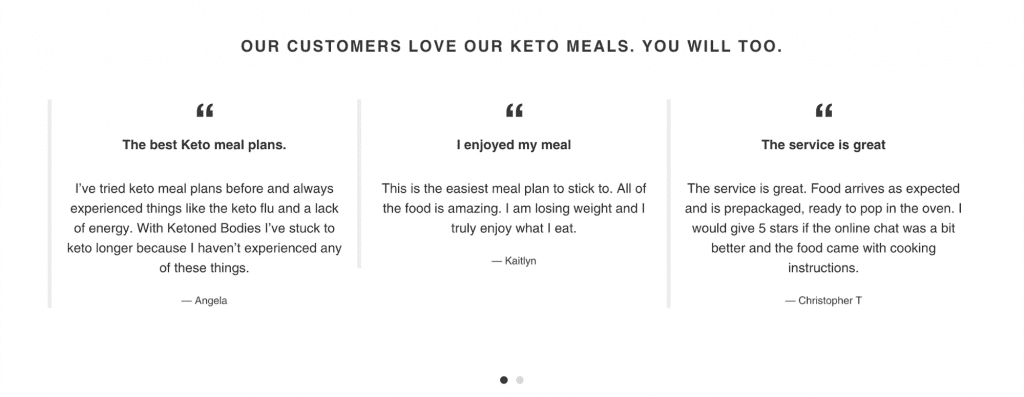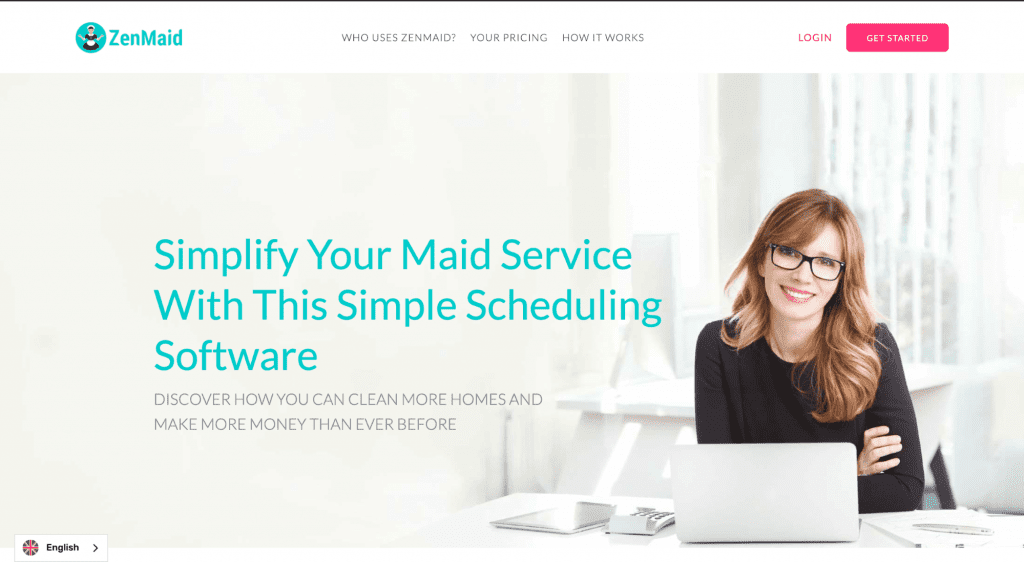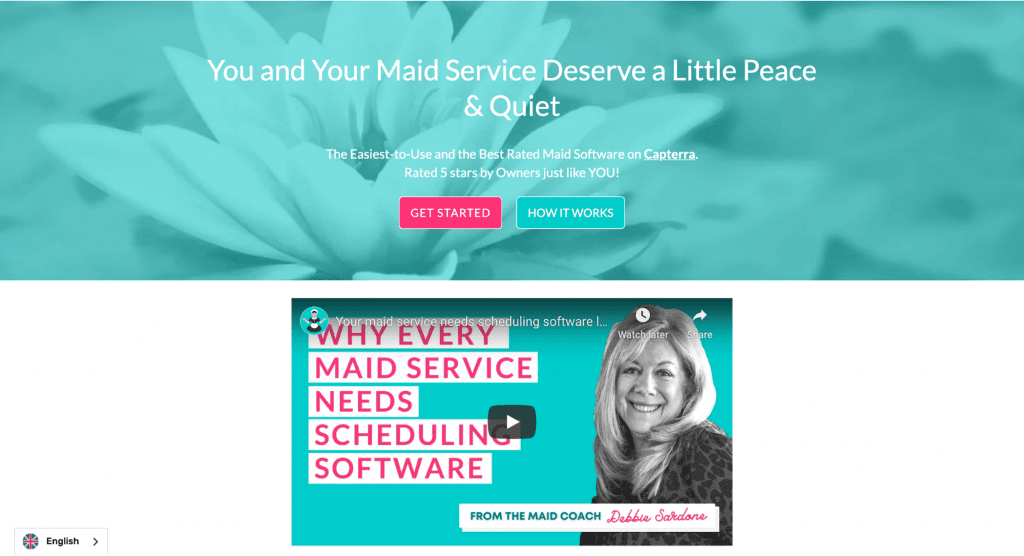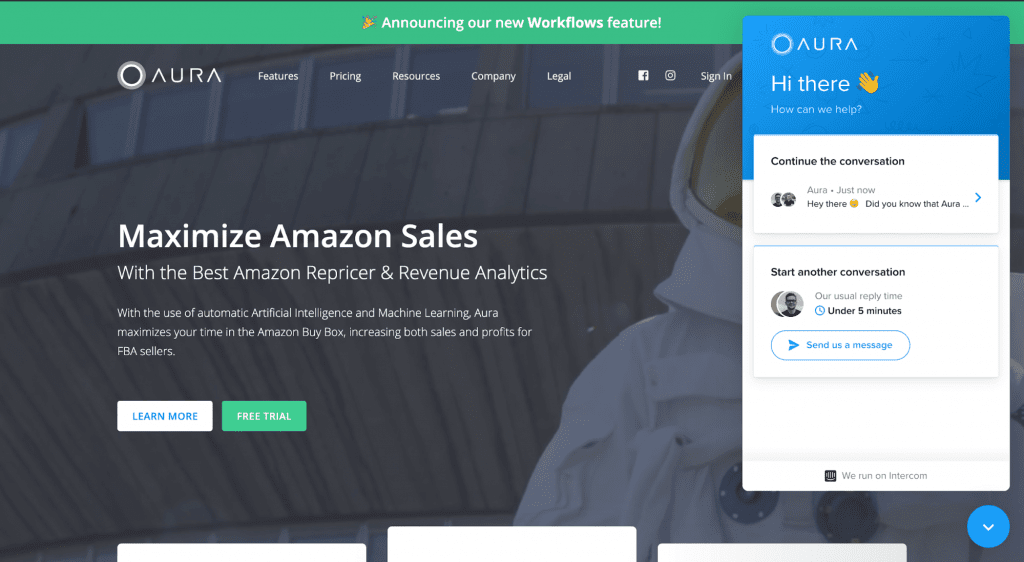6 Best Practices to Scale Your eCommerce Business
- Updated: Nov 14, 2024
- 7 min
Seeing stable cash flows and decent profit margins is extremely rewarding after spending months building an eCommerce business and web development for its online activity.
But eventually, the business starts growing faster than you can keep up with. Soon, you’re right back to working around the clock.
You can follow several best practices to avoid these growing pains while reaping the full benefits of a fast-growing eCommerce business. Learn more about these tactics below.
6 Best Practices For Scaling
Understand Your Customer Journey
The customer’s journey is the sum of experiences customers go through in interactions with your brand.
There are five stages to the customer’s journey.
Awareness
Your customer gains awareness of your brand through various channels — both traditional and digital, as well as word-of-mouth. Making your customers aware of their problems and your solutions is essential.
Consideration
Here, the customer realizes they have a problem your product solves. The customer weighs the product’s benefits against the cost of not buying and compares you to the competition. Sell your product by demonstrating your brand’s USP and your product’s advantages.
Decision
The decision stage is when your customer buys your product or service. Excellent customer service facilitates a smooth decision stage.
Retention
Selling doesn’t stop after the sale.
During the retention phase, the customer uses the product to solve their problem. They may look for help through customer service channels, online searches, or a community of product users/owners.
Strong customer service is vital here. It keeps your customer around for repeat purchases and moves them into the last stage.
Additionally, you can use customer feedback to improve your product lifecycle management by creating new features or entirely products that address any negative customer feedback.
The support team needs to know how to communicate with customers and understand their intentions so that, at the very end, they are delighted with the interaction and are more likely to come back.
Advocacy
In this stage, your customer tells others about your brand. What they say depends on how well your product helped your customer and how on-point your customer service is.
Knowing where customers are in their buyer’s journeys helps tailor your digital marketing message to each customer. For example, you wouldn’t push urgency on a customer that’s still in the awareness phase.
This helps you scale because you can create and test new marketing campaigns with ease. You can then hire employees or contractors to develop campaigns so you can focus on scaling.
Update Your Web Design
A well-designed website makes it easy to scale because customers enjoy landing on and looking around it.
Your website should be attractive and reflect your branding well. Use your brand’s color scheme, and make sure your logo is near the top.
Other than that, keep things simple but informative and compelling. Make sure your web design is lightweight and fast and that it doesn’t have distracting elements that turn visitors away.
Also, make sure to include a section with reviews or testimonials. Around 90% of customers read reviews before making a purchase, and including just one review can boost conversions by up to 3.5 times.
That said, it’s easy to put more reviews like Ketoned Bodies does on its homepage with a slider. 
More social proof on your website means you’ll address more potential concerns and overcome buying resistance for more customers.
Planning a crowdfunding platform? Learn what goes into crowdfunding website development.
Improve Your UX
One of the most crucial web design elements is good User Experience (UX) — how your customer experiences and feels about your brand.
In short, the best UX isn’t noticeable because everything works how it should. On the other hand, a small UX flaw can turn into considerable frustration that drives a significant number of customers away but luckily these flaws can be easily identified with session recording software.
Zen Maid, a maid service scheduling software, offers a fantastic example of good UX. It uses an attractive color scheme and keeps the copy concise yet compelling. 
You’ll also notice the use of video throughout the page to offer multiple ways to consume content. Putting quality videos on your site is an excellent way to improve UX and boost conversions since nearly 50% of customers want to see a product video before buying. 
Make sure to focus on quality video production when re-upping your UX. Highlight the benefits of the product or service and show it in action.
Notice how there are also several CTAs located throughout the page. Sprinkling CTAs around the site gives your prospects ample opportunity to buy. 
You can also use dedicated contact forms that not only make it easy to contact your company but also help with building brand awareness.
UX is an area that you should continuously monitor and improve. You can always make your website a little easier to use — constant improvement keeps you ahead of competitors.
Boost Organic Traffic and Optimize For SEO
Reaching the #1 spot on search engines brings you an influx of warm, qualified traffic on autopilot.
After all, customers trust high rankings in search engines. In fact, the #1 spot in Google gets a 31.7% CTR on average.
These days, SEO isn’t just about keyword-stuffing — Google will penalize for keyword stuffing.
Instead, good SEO involves writing for both the search engines and the consumer. To do that, you must write an informative copy that describes your brand product with a few natural uses of the keywords you’re targeting.
Look at LFA Capsule Fillers for an example of an eCommerce company that does this well. Its home page has plenty of helpful copy explaining the company and the products and contains the keywords they’re targeting without being “salesy.”
eCommerce businesses must strive for optimized product copy & optimized images on every product listing to reach high rankings. Each listing should contain a few natural uses of your keyword and be compelling and informative enough to get users to click.
Implement an Automation Strategy
Scaling is merely doing more work in the same amount of time.
The key to getting more done without expanding the numbers of hours in a day is to automate away as many tasks as possible.
Some areas that could use marketing automation include the following.
- Customer service: Discussed in the next section.
- Marketing: Email marketing (cart abandonment, lead magnet signup autoresponder, etc.) and social media marketing (auto-posting) are just two marketing areas where automation can happen. Find out which email marketing software platforms are worth your time and investment.
- Support: Use contextual automated workflows that send responses to customer queries about products or services.
- Review collection: Again, you can use automated emails to ask for reviews post-purchase.
- Negative review management: Use software that lets you identify negative reviews automatically. Then, you can reach out to remedy the issue.
- Vendor and supplier onboarding: Iron out your vendor and supplier onboarding process, then automate certain aspects to save time.
Take Your Customer Support to the Next Level
You’ve heard that repeat customers are less expensive than new customers. To retain customers, you need to step up your customer support in every step of the purchase process.
Automation again plays a part here. You only have so many customer support agents available (and only for a limited time each day) — automation fills the gaps where more agents can’t.
One way to automate customer service is to use chatbots. When your prospect lands on your homepage, these chatbots pop up to assist.
Chatbots can increase customer retention, as they’re available 24/7 and can serve several people at once. They’re smart, able to answer customer questions or direct them to the right place if not.
Neal Taparia, who runs classic gaming platform I’m a Puzzle, explains, “CRR is one of the most important metrics for us. A small percentage improvement in CRR translates to a large increase in revenue. This is because you retain people who continue to subscribe to your product. We constantly look at what are the behaviors that keep our paying users active, like what makes them play more solitaire games, and optimize towards that.”
Go beyond the default chatbot icon, though. Using a picture of a human in the chatbot, as GoAura does, humanizes the chatbot and builds bonds with customers. 
The image of a person makes the chatbot seem like a human, even if it isn’t.
Another way to enhance customer service — especially when your customer first comes across your brand — is to do the product comparison work for them.
Somnifix, for example, does this with its quiz. Customers answer a few questions, then Somnifix recommends them a product based on their answers.
The gamification aspect personalizes the process, gets the customer to participate, and adds a little fun, all of which are potent ingredients for making more sales. 
Smooth, successful eCommerce scaling
Scaling your eCommerce business will take some hard work. You’ll have to spend extra time working on activities that don’t immediately generate revenue.
Think of the long game, though. By following these best practices, you’re developing some of the infrastructure necessary for smooth eCommerce growth. Over time, you should see consistent growth in sales and revenue relative to costs.
_________________
This is post was written by Gene Tanner. He has been tagged an e-Commerce guru for his contributions to 50+ businesses, leading them from stage zero to peak performance. He helps in product sourcing, competitor analysis & marketing.
Product pages can make or break your sales. Here’s how to design eCommerce product pages for success.













